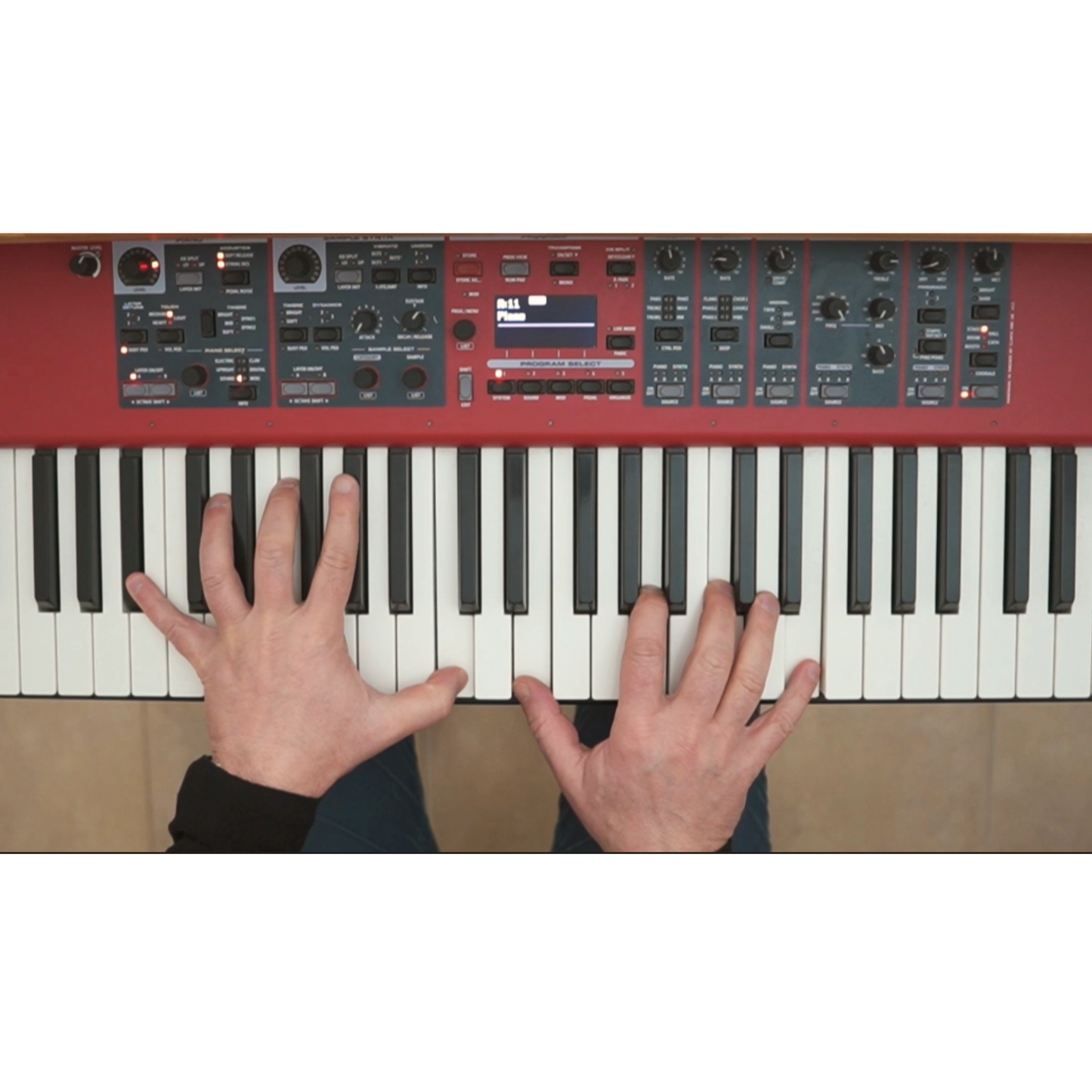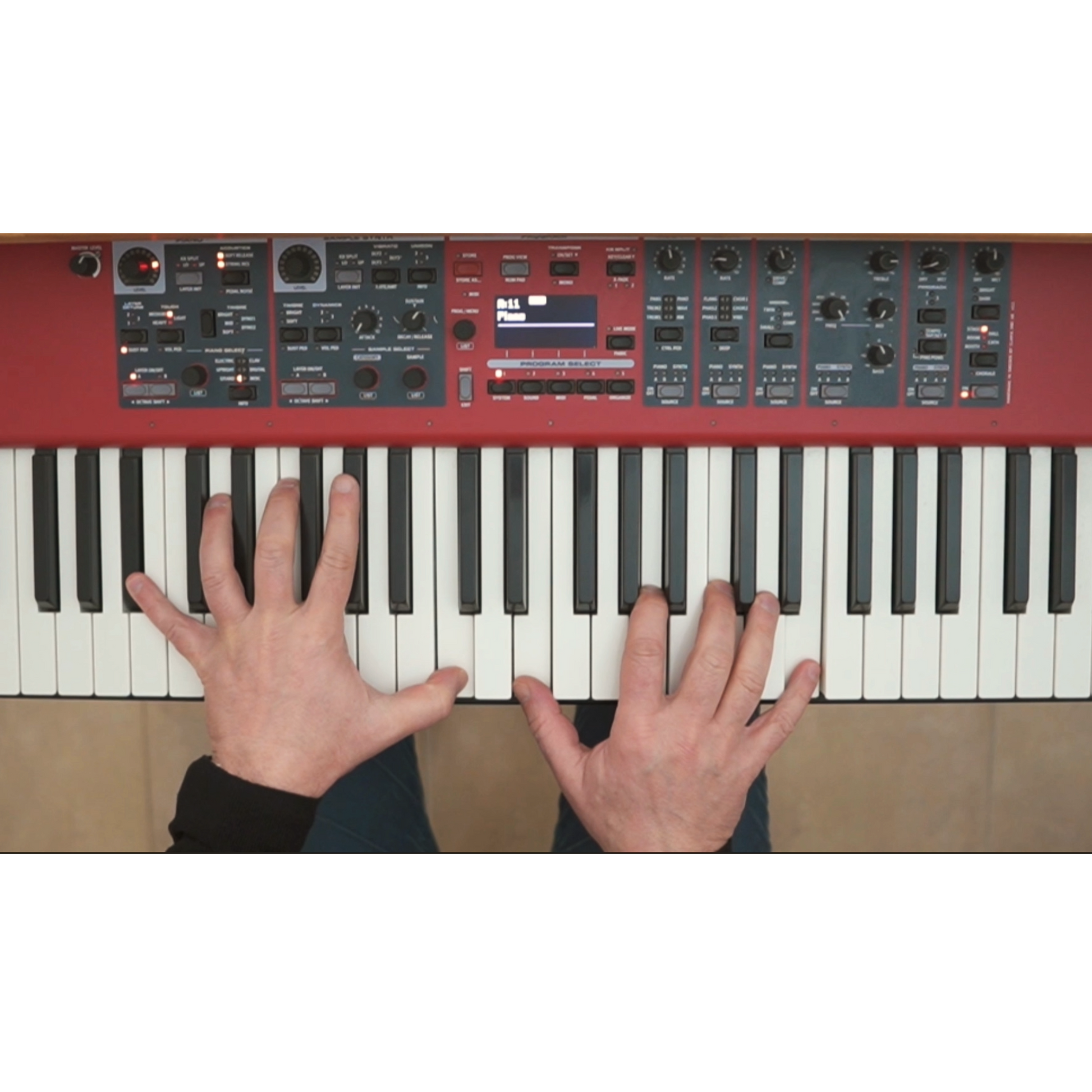Thinkific
The Dr. Guy Shkolnik Music Theory Course
The Dr. Guy Shkolnik Music Theory Course
This course helps you truly understand how music works through real musical examples, guided exercises, and a structured path designed to make things click. It’s not just theory, it’s something you’ll use every time you sit down to play. Whether you're self-taught or coming back after years away, you'll find clarity, connection, and practical skills you can apply right away.
Every concept is explained on the piano, so you don’t need to read music to take this course. But if you do, I’ve included a PDF with all the essential progressions, giving you everything you need to follow along. The lessons combine video instruction with added text explanations, making sure every idea is easy to grasp and immediately useful.
You’ll need a keyboard with at least four octaves (49 keys) to learn from this course. And If piano isn’t your main instrument, don’t worry this course was designed with you in mind. The examples are musical, not technical, so even with basic keyboard skills, you’ll be able to play everything and truly understand how harmony works at the piano.
View full details
What's in this Course
1. The Basics
1. The Semitone
2. The Whole-Tone
3. The Major Scale
4. Sharps and Flats
5. Tonic, Dominant, Subdominant and the Leading-Tone
6. Stable Tones and Active Tones
7. Major and Minor Thirds
8. Triads
9. Triads of the Major Scale
2. Basic chord Progressions
10. Chord Progressions: I - IV - V - I
11. The G7 Chord - V7
12. Chord Progressions Guideline 1: Common Tones
13. Chord Progressions Guideline 2: Contrary Motion
14. Chord Progressions Guideline 3: Doubling
3. The Minor Scale
15. Minor Scale: Parallel and Relative
16. Chord Progressions of the Minor Scale
17. The Harmonic Minor Scale
18. The Melodic Minor Scale
19. Minor Scale examples in Real Music
4. Chord Inversions
20. First Inversion Chords
21. Second Inversion Chords
5. the Circle of Fifths
22. The Circle of Fifths
23. Closely Related Keys
6. 7th Chords
24. Types of 7th Chords
25. 7th Chords in a Progression
7. Intervals
26. Intervals
27. Intervals: Consonant and Dissonant
28. Dissonant Intervals and their Melodic Origin.
8. Extensions on the Tonic Chord
29. Chord Extensions
30. Adding 6 to The Tonic Chord
31. Adding the 6 to the I in Minor.
32. The 6/9 Chord
33. The sus4 Chord
34. The sus2 Chord
35. Maj7#11 Chord
9. extensions on the Dominant Chord
36. V13 and V7b13
37. V13 in II - V - I
38. The V11 Chord
39. The V9 Chord
40. The V7b9 chord
41. the 7#9 Chord
10. The Tritone Substitution
42. The Tritone Substitution
43. Tritone Substitution in II - V - I
11. the Diminished Scale
44. Diminished Scale on the V
45. Diminished Scale on the Tonic Chord
12. The Altered Scale
13. Modulations
47. Pivot Modulation
48. Direct Modulations
49. Diminished Chord Modulation
50. Sequence Modulations
14. Modes
51. The Seven Modes of the Major Scale
52. The Seven Modes Played From C
53. The Dorian Mode
54. The Phrygian Mode
55. The Lydian Mode
56. The Mixolydian Mode
57. The Locrian Mode
15. Modal Mixture
- 58. Modal Mixture - Major and Minor
- 59. Modal Mixture: Other Modes
-

Best piano training
I'm 3/4 through your theory course and it's the best piano training I've ever had - Jim Spadoni


